Witness how seizures are depicted in the Bible, revealing a profound intersection of faith, medicine, and history that beckons further exploration.
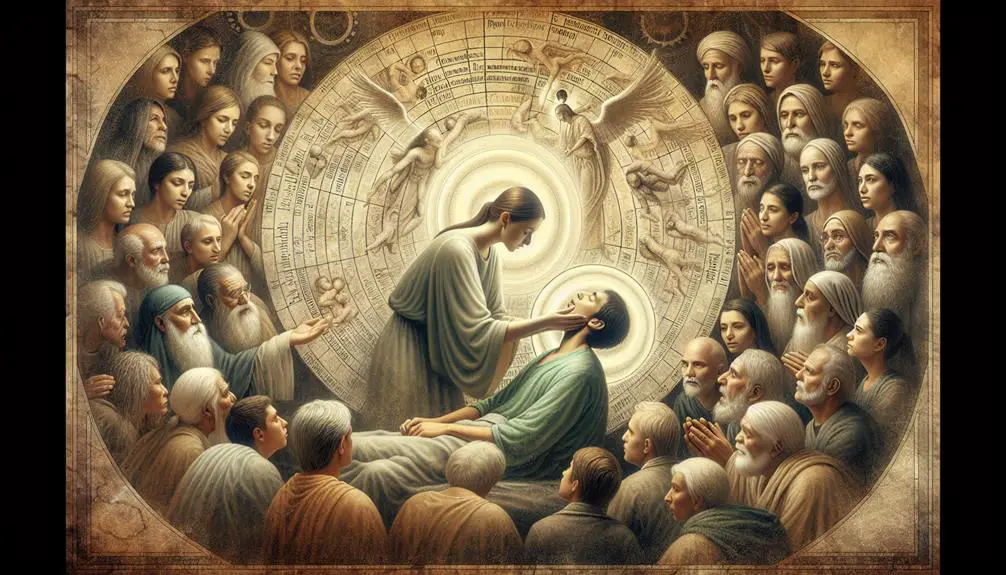
Seizures in the Bible
As the saying goes, 'A stitch in time saves nine,' it's crucial you understand how seizures were perceived and described in the Bible to fully grasp their significance in both historical and spiritual contexts.
You'll find that the Biblical accounts, ranging from the Old Testament's subtle references to the explicit New Testament narratives, provide a fascinating lens through which to view ancient interpretations of seizures.
But to appreciate the depth of these accounts and their impact on modern perspectives, you'll need to explore how these ancient texts juxtapose with today's medical understanding and cultural perceptions.
This journey promises to unveil insights that bridge millennia, offering a fresh perspective on seemingly familiar stories.
Key Takeaways
- The Bible contains narratives that suggest ancient interpretations of seizures as divine interventions or demonic possessions.
- Old and New Testament stories reflect a blend of medical and divine explanations for seizure-like episodes.
- Societal responses to seizures have evolved from viewing them as divine punishment to recognizing them as medical conditions.
- Healing rituals and community support in biblical times highlight the long journey from stigma to support for those with seizures.
Biblical Descriptions of Seizures
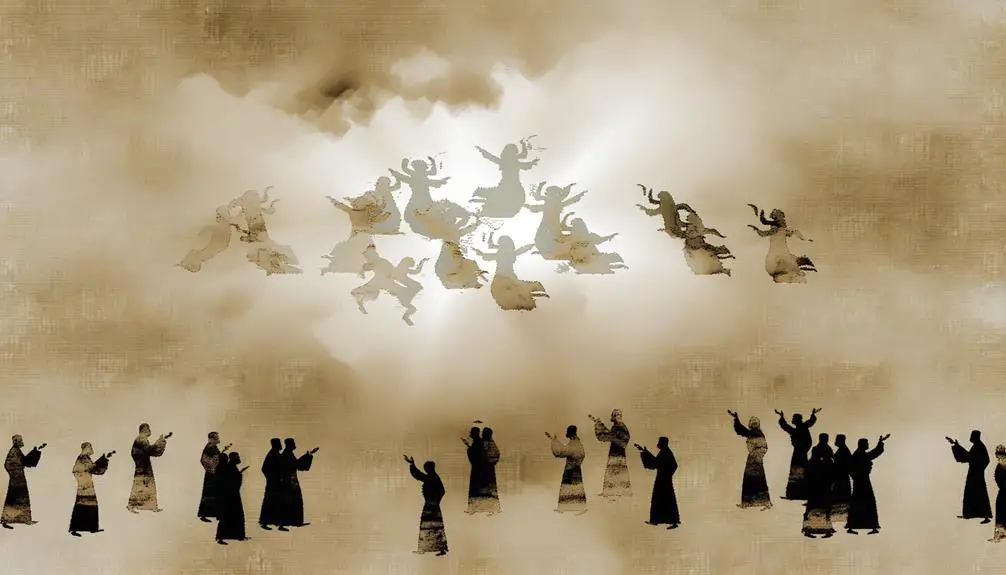
Throughout the Bible, various passages provide descriptions that modern scholars interpret as potential instances of seizures, offering insights into ancient perspectives on this medical condition. You'll find that the epileptic terminology used in these accounts doesn't align perfectly with contemporary medical language. Instead, it reflects an era when divine interventions were often seen as the cause of physical and mental ailments. This understanding is crucial as it allows you to appreciate the context in which these descriptions were written.
As you delve into the biblical accounts, it's evident that the authors didn't have the scientific knowledge we possess today. Consequently, seizures, characterized by their sudden onset and dramatic symptoms, were sometimes interpreted as manifestations of spiritual encounters or demonic possessions. This interpretation highlights the significant role that religious beliefs played in explaining phenomena that were beyond the ancient world's understanding.
Moreover, the biblical descriptions of seizures, while not clinically detailed, often emphasize the sufferer's loss of control and the dramatic nature of the episode. This portrayal aligns with the common perceptions of epilepsy throughout history, where the condition was surrounded by stigma and fear.
Analyzing these accounts with a scholarly lens, you recognize the blend of epileptic terminology and divine interventions as a reflection of humanity's attempt to make sense of the unknown. It's a testament to the evolving understanding of epilepsy, from a condition shrouded in mysticism to one that's now recognized and treated within the medical field.
Old Testament References
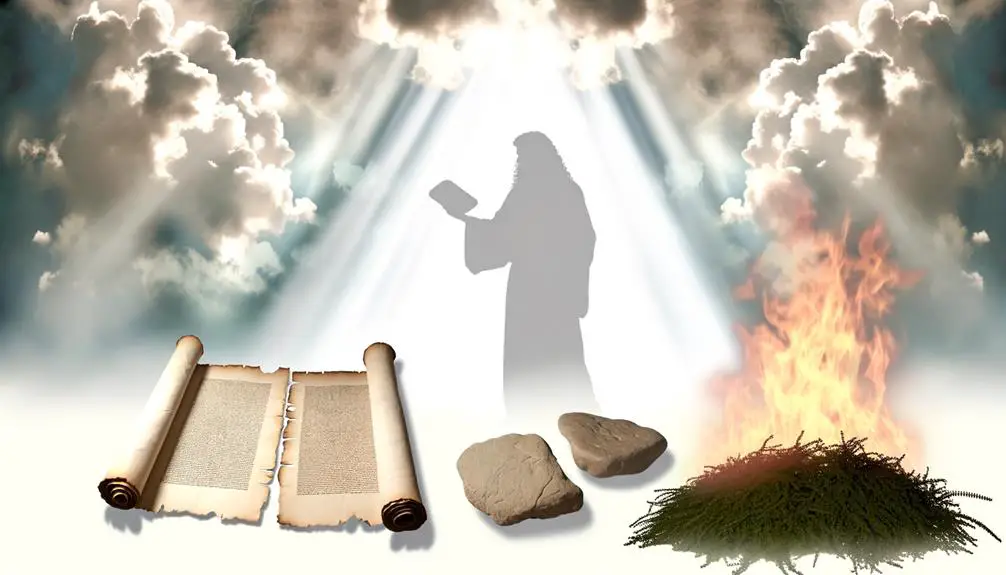
You'll find that the Old Testament offers intriguing narratives that might be interpreted as descriptions of seizures or seizure-like episodes.
Figures such as Saul, Nebuchadnezzar, and Job exhibit behaviors and afflictions that, when analyzed through a modern medical lens, suggest possible neurological disturbances.
This exploration not only enriches our understanding of these biblical accounts but also provides a historical context for the interpretation of seizures and mental health.
Saul's Disturbing Spirit
In the Old Testament, Saul's disturbing spirit is often interpreted as a manifestation of psychological distress or divine punishment, reflecting the complex interplay between spiritual beliefs and mental health in ancient texts.
This narrative sheds light on how early societies grappled with mental health issues, often attributing them to supernatural causes. Saul's torment led to the introduction of King David's tactics, notably his use of music as a form of therapy to soothe Saul's troubled mind. This approach highlights the therapeutic potential of art and music, long before modern psychology would recognize these methods.
Moreover, the story carries prophetic implications, symbolizing the transition of divine favor from Saul to David, and illustrating how mental turmoil can precede significant shifts in leadership and divine alignment within biblical narratives.
Nebuchadnezzar's Madness Described
Often, the story of Nebuchadnezzar's madness in the Book of Daniel serves as a profound illustration of divine judgment and the fragility of human pride within an ancient theological context. This narrative, while deeply emblematic, invites you to consider:
- Historical accuracy: How does this account align with known historical events?
- Psychological analysis: What modern interpretations could be applied to understand Nebuchadnezzar's behavior?
- Theological implications: How does this story reflect on the power dynamics between divine entities and mortal rulers?
Analyzing Nebuchadnezzar's madness through these lenses not only deepens your understanding of the Biblical text but also offers a rich field for interdisciplinary study. The intersection of history, psychology, and theology provides a nuanced perspective on ancient narratives, revealing their complexity and relevance today.
Job's Intense Sufferings
Delving into the Old Testament, we find Job's intense sufferings shedding light on the themes of endurance, faith, and divine justice amidst adversity.
You'll observe Job's patience as a cornerstone of his journey, a testament to unwavering faith in the face of inexplicable misery.
The narrative intricately weaves the concept of divine testing, positioning Job's afflictions not as random acts of cruelty, but as a deliberate, if inscrutable, test of character and devotion.
This scholarly exploration reveals the complexity of interpreting divine intention and human endurance.
Job's story, rich in theological implications, invites a nuanced understanding of suffering, challenging readers to reflect on the depth of their faith and resilience in the face of trials.
New Testament Accounts
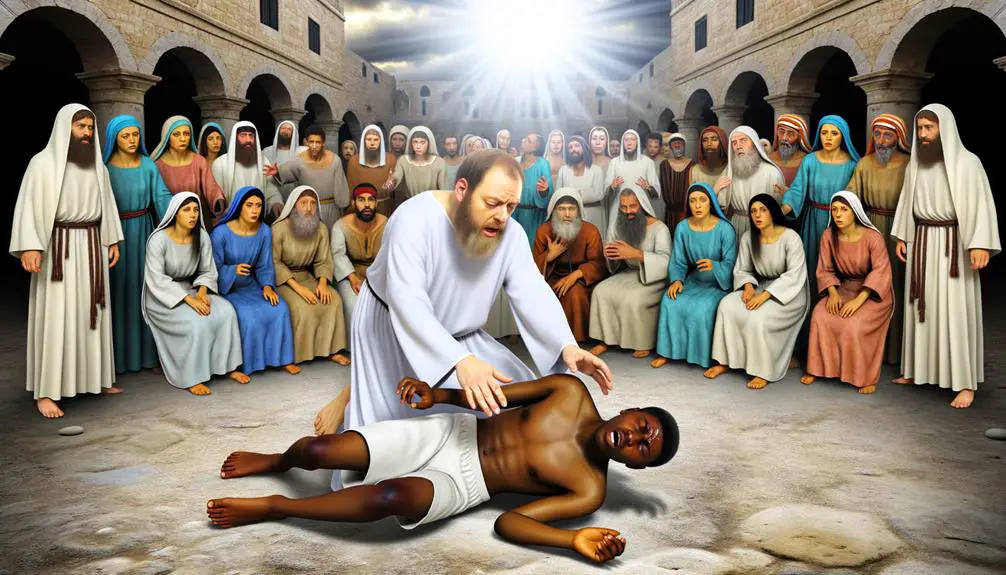
The New Testament provides several accounts that describe or imply instances of seizures, offering a unique perspective on how such events were perceived and addressed in the context of early Christian communities. These narratives primarily revolve around miraculous healings and apostolic encounters, reflecting the early Christians' understanding of physical ailments and their spiritual implications.
- Miraculous Healings: The Gospels recount several instances where Jesus heals individuals suffering from conditions that modern readers might recognize as seizure-related. These acts aren't only demonstrations of divine power but also serve to integrate those marginalized by their conditions back into the community.
- Apostolic Encounters: The Acts of the Apostles extend this theme of healing into the early Church's activities. Apostolic figures, following Jesus' example, encounter and heal individuals with conditions described in ways that could be interpreted as seizures, emphasizing the continuity of Jesus' healing mission through his followers.
- Community Reactions: The reactions to these healings, ranging from amazement to skepticism, highlight the varied social and religious implications of seizures and their treatment within these early communities.
In analyzing these accounts, it becomes clear that the New Testament presents seizures not merely as medical conditions but as opportunities for divine intervention through miraculous healings. This perspective underscores the deeply intertwined nature of health, community, and spirituality in the early Christian worldview. Importantly, these narratives offer insights into how early Christians navigated the challenges posed by illnesses like seizures, leveraging them as moments for demonstrating faith, compassion, and the transformative power of the divine.
Interpretations of Seizures
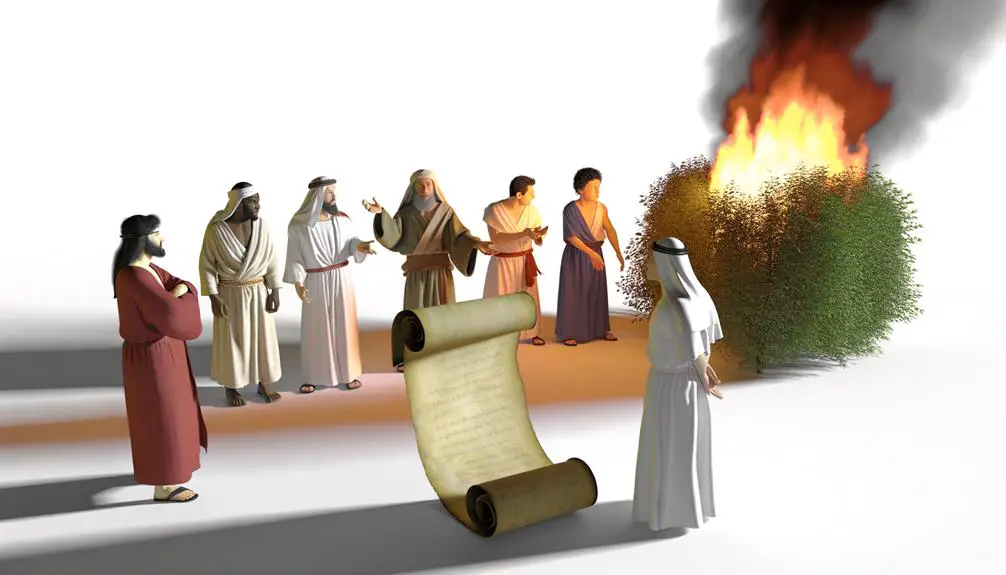
Within the broader context of historical and religious narratives, interpretations of seizures have significantly evolved, reflecting shifts in societal understanding and attitudes towards this condition. Initially, epileptic myths pervaded, casting seizures as either a divine punishment or a mystical gift. You might find these perspectives deeply rooted in ancient texts, where the dichotomy between spiritual connotations and medical explanations begins to surface.
In the realm of the sacred, seizures often bore spiritual connotations, suggesting a direct link between the afflicted and the divine or demonic. Such interpretations stemmed from a lack of medical knowledge, leading societies to seek explanations within the spiritual or supernatural realms. You'd notice that these views, while seemingly archaic, underscored a profound attempt to make sense of the inexplicable, imbuing those experiencing seizures with a sense of otherworldliness or, conversely, stigma.
As you delve further, it's clear that epileptic myths not only influenced societal perceptions but also dictated the treatment and care of those affected. The spiritual connotations attached to seizures shaped not just personal identities but also the communal response to epilepsy, intertwining fear, reverence, and misunderstanding.
Today, while modern medicine has demystified many aspects of seizures, the remnants of these ancient interpretations linger. You can see this in the continued stigma and fascination surrounding epilepsy, a testament to the enduring power of historical narratives. Analyzing these shifts in interpretation highlights how deeply societal attitudes are embedded in historical and cultural contexts, offering insights into the ongoing evolution of understanding around seizures and epilepsy.
Responses to the Afflicted
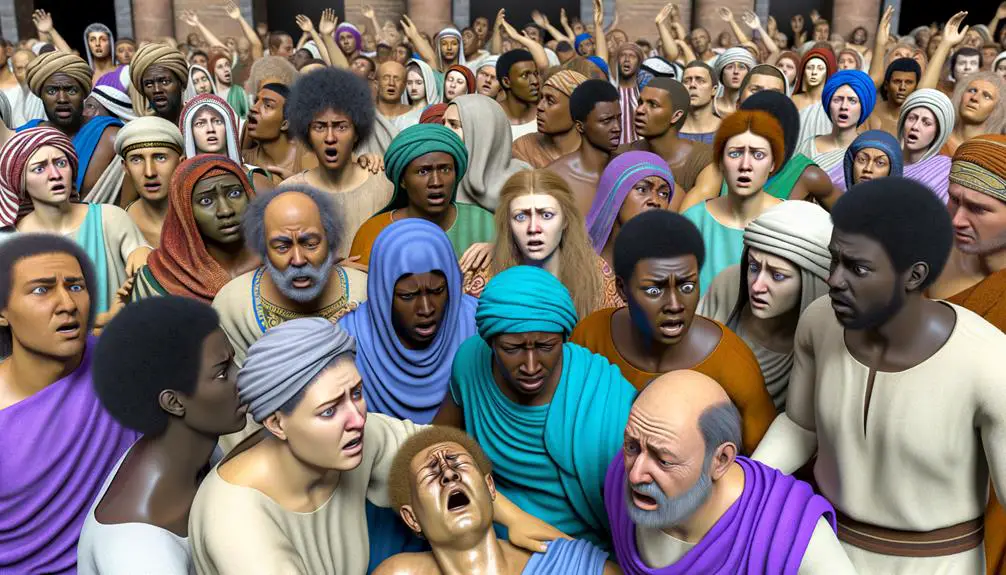
Moving beyond the interpretations of seizures, it's crucial to examine how societies have historically responded to those afflicted. From biblical times to the present, the response to seizures has evolved, yet certain historical attitudes linger, influencing contemporary views and treatments. This shift from viewing seizures as divine punishment to a medical condition necessitates a closer look at societal responses.
- Divine Punishment: In ancient times, seizures were often seen as a form of divine retribution. This belief led to the isolation and stigmatization of the afflicted, as society viewed them not just as ill, but as morally or spiritually flawed.
- Healing Rituals: As understanding evolved, so did the responses. Healing rituals, often conducted by religious figures or healers, became a common approach. These rituals varied widely but generally involved prayers, anointments, and sometimes exorcisms, aiming to cleanse the individual of their affliction.
- Community Support: Amidst these responses, instances of community support and care also emerged. Though not universal, there are historical accounts of communities rallying to provide care for those with seizures, viewing them as in need of support rather than condemnation.
The transition from viewing seizures as divine punishment to recognizing them as a medical issue marks a significant shift in societal responses. Healing rituals, reflecting a blend of spiritual and early medical practices, played a pivotal role in this transition. However, the journey from stigma to support has been long and complex, with attitudes and treatments evolving alongside medical and theological understanding.
Historical and Cultural Context
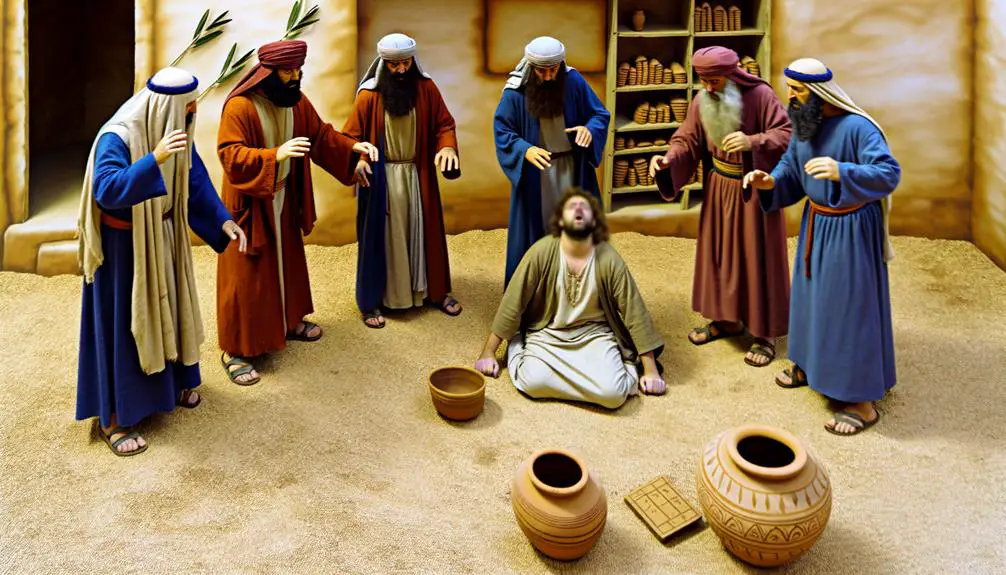
You must consider how ancient medical understanding, religious interpretations, and societal views on seizures shaped their depiction in the Bible.
These elements collectively influenced the perceptions and treatments of individuals experiencing seizures during biblical times.
Understanding this context helps you grasp the complexities and nuances of how seizures were viewed and managed in the past.
Ancient Medical Understanding
The ancient world's understanding of seizures, deeply rooted in cultural and historical contexts, reveals a complex interplay between medical knowledge and spiritual beliefs.
- Medical theories of the time often blended with the spiritual, viewing seizures as both a physical ailment and a manifestation of divine or demonic influence.
- Diagnosis methods were rudimentary, relying heavily on observation and the patient's description of symptoms, rather than the sophisticated diagnostic tools we have today.
- The treatment approaches, therefore, varied widely, from herbal remedies to rituals intended to appease or expel supernatural entities believed to cause the seizures.
This blend of the empirical and the spiritual reflects a period when the boundaries between science and religion weren't as sharply defined as they are today, offering a fascinating glimpse into the ancient mind grappling with complex medical phenomena.
Religious Interpretations
Building on the ancient medical understanding, it's crucial to explore how religious interpretations shaped the perceptions and treatments of seizures within historical and cultural contexts.
Often, societies viewed seizures not just as physical ailments but as manifestations of the divine or demonic. This duality led to the belief in divine punishment as a cause for seizures, where sufferers were seen as being directly afflicted by a higher power for their or their ancestors' sins.
Conversely, miraculous healings of seizures, as recounted in several religious texts, underscored the possibility of divine intervention and mercy. These interpretations deeply influenced the approach to care, oscillating between exorcism and prayers for healing.
Understanding these religious perspectives offers insight into the complex interplay between faith, medicine, and society in addressing seizures.
Societal Views on Seizures
Across various cultures and historical periods, societal views on seizures have reflected a complex blend of fear, misunderstanding, and reverence, significantly shaping the experiences of those afflicted. This multifaceted perception has propelled a persistent medical stigma, impacting diagnosis, treatment, and societal acceptance.
- Fear and Misunderstanding: Historically, seizures often evoked fear due to a lack of medical understanding, leading to sufferers being marginalized or even persecuted.
- Medical Stigma: Persistent prejudices have hindered comprehensive care and support, isolating individuals from societal acceptance.
- Contemporary Relevance: Modern advancements in medical science challenge these ancient views, promoting a more informed and compassionate perspective.
Analyzing these aspects offers a critical lens through which to view the historical and cultural context of seizures, highlighting the urgent need for continued education and advocacy to dismantle lasting stigmas.
Modern Perspectives on Ancient Texts
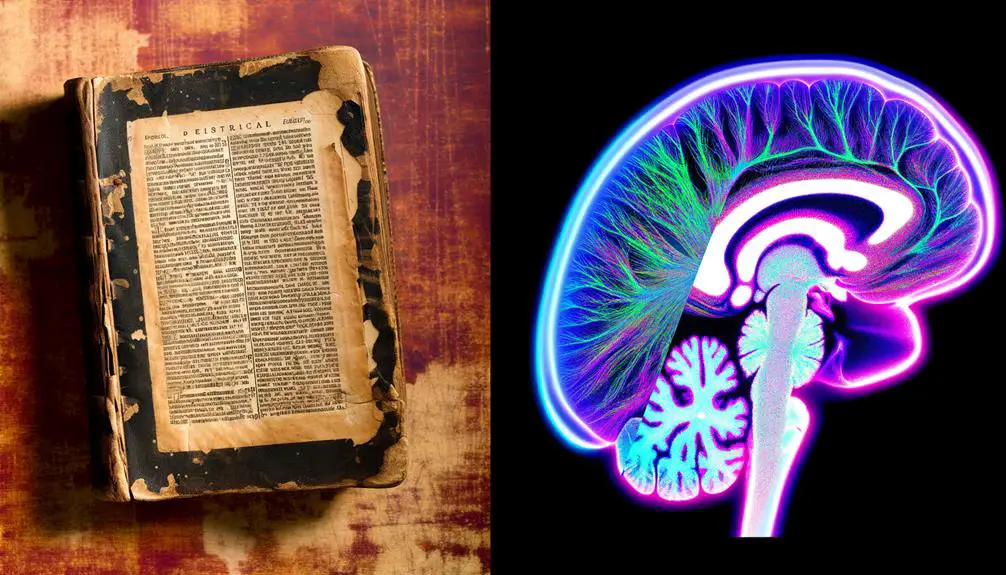
Modern scholars often reinterpret ancient texts, including the Bible, to gain insights into how conditions like seizures were understood and described in historical contexts. Through textual analysis, you'll find that interpretations evolve as understanding of language, culture, and medical knowledge progresses. This scholarly endeavor isn't just about pinpointing medical conditions in ancient narratives but also understanding the broader societal and theological implications those interpretations carry.
Comparative mythology plays a crucial role in this analytical process. By examining how seizures were depicted across different cultures and religious texts, you gain a richer, more nuanced understanding of the Bible's narratives. This cross-cultural lens helps you see how seizures, often enveloped in spiritual or divine explanations, were a common thread in human attempts to explain the unexplainable.
You'll notice that modern perspectives don't aim to discredit or diminish the spiritual significance of these texts. Instead, they provide a bridge between ancient beliefs and contemporary medical understandings. This approach respects the sacredness of the text while also acknowledging our human need to comprehend the physical and psychological phenomena it describes.
Through this analytical journey, you're invited to see the Bible not just as a religious document, but as a historical artifact that reflects humanity's evolving understanding of the world, including health and disease. This perspective enriches both your spiritual and intellectual appreciation of ancient texts, revealing layers of meaning that were once hidden or misunderstood.
Frequently Asked Questions
How Have Depictions of Seizures in the Bible Influenced Contemporary Religious Beliefs and Practices Around Epilepsy and Other Neurological Disorders?
You're exploring how historical narratives shape modern views on epilepsy.
The Bible's portrayal of seizures has significantly molded contemporary religious beliefs, often blurring the lines between medical misconceptions and spiritual stigmatization.
This fusion has led to a complex landscape where neurological disorders are sometimes viewed through a lens of moral or spiritual failing rather than medical conditions.
Analyzing this influence reveals the deep roots of stigma and the challenge of separating faith from science.
Are There Any Non-Canonical or Apocryphal Texts Associated With the Bible That Provide Additional Insights or Stories About Seizures?
You're exploring non-canonical texts for additional insights. Imagine stumbling upon an apocryphal story, rich in detail and context, that sheds light on historical understandings of neurological phenomena.
Through textual analysis, you delve into these texts, uncovering how they complement canonical narratives and expand our knowledge. This approach offers a broader historical context, allowing for a more nuanced understanding of ancient perceptions and discussions surrounding such conditions, even beyond the canonical scriptures.
How Do Translations of the Bible Into Different Languages Affect the Understanding and Interpretation of Passages Related to Seizures?
When you explore how translations of the Bible into various languages impact the comprehension of specific passages, it's crucial to consider translation accuracy and cultural interpretations.
These factors can significantly alter the meaning and insight you gain from the texts. Understanding the nuances of language and the cultural context in which a translation is made sheds light on the depth and diversity of interpretations, enriching your analytical and scholarly exploration of the scriptures.
What Are the Ethical Implications of Using Biblical Descriptions of Seizures in Modern Discussions About Mental Health and Spiritual Experiences?
When discussing modern mental health and spiritual experiences, you're navigating a minefield of medical ethics and spiritual diagnosis. It's crucial to tread carefully, as using ancient texts out of context can blur the lines between spiritual beliefs and medical science.
This practice raises ethical questions about the validity and implications of spiritual diagnosis in a medical setting. It's a delicate balance between respecting religious beliefs and ensuring accurate medical treatment.
How Have Artists and Writers Historically Depicted Biblical Characters Known for Having Seizures, and What Impact Has This Had on Societal Perceptions of Seizures?
Artists and writers have often used artistic symbolism to depict characters with seizures, shaping cultural stigma around the condition. Your examination of historical portrayals highlights how these depictions have influenced societal perceptions, reinforcing stereotypes or, occasionally, offering more nuanced understandings.
Analyzing these portrayals offers insights into the complex interplay between art, literature, and medical perceptions of seizures, reflecting and sometimes challenging prevailing societal attitudes towards this condition.
Conclusion
As you've journeyed through the labyrinth of scriptural narratives, it's clear that seizures, cloaked in mystery and divine interpretation, permeated ancient texts. The Biblical lens, both a mirror and a window, reflects societal responses and opens vistas into the understanding of seizures.
Amidst the echoes of ancient voices, modern perspectives illuminate these passages, revealing not just the affliction but the compassion and complexity of human response. This scholarly odyssey underscores the timeless dance between medicine, faith, and the quest for understanding.

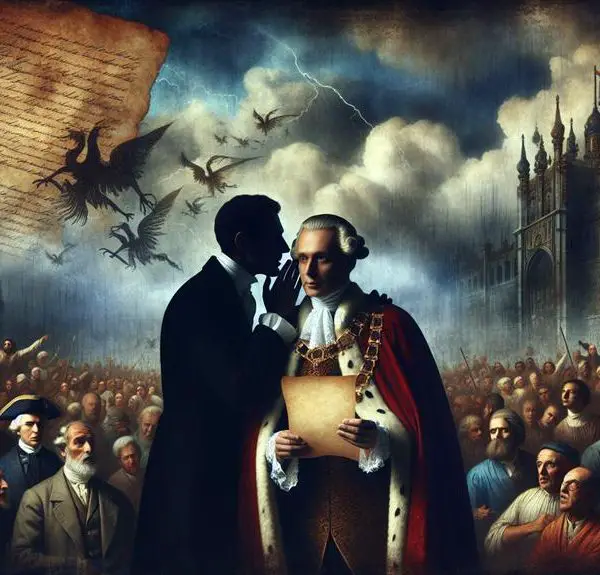

Sign up